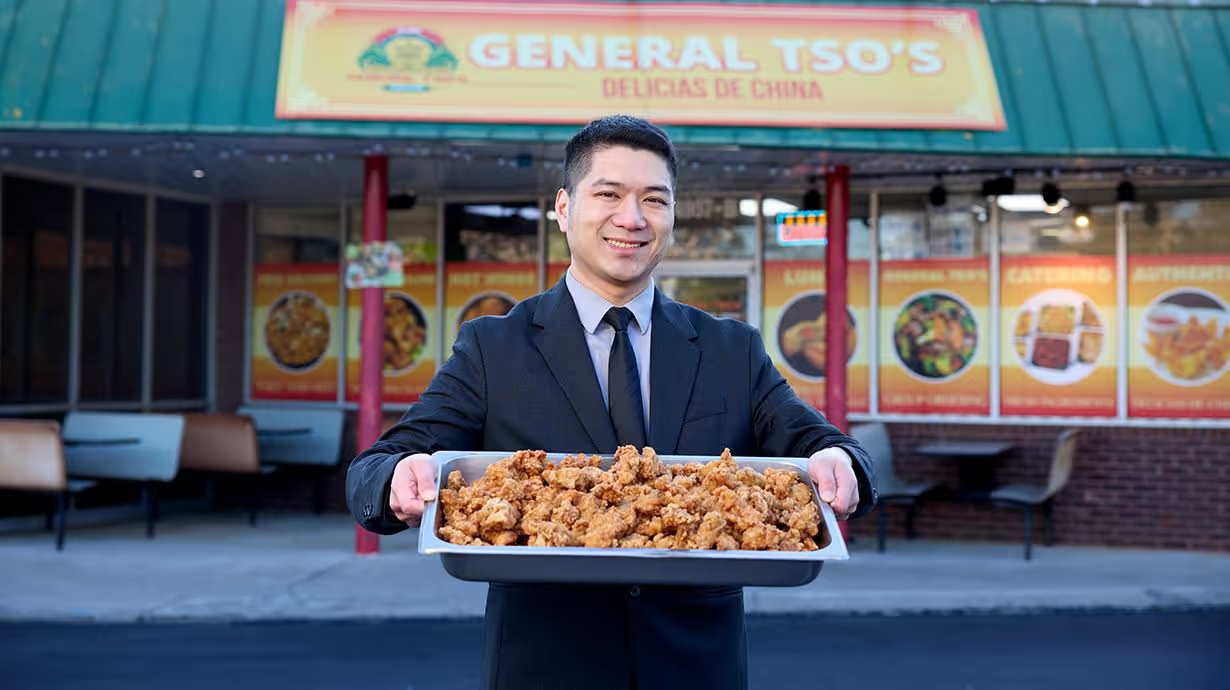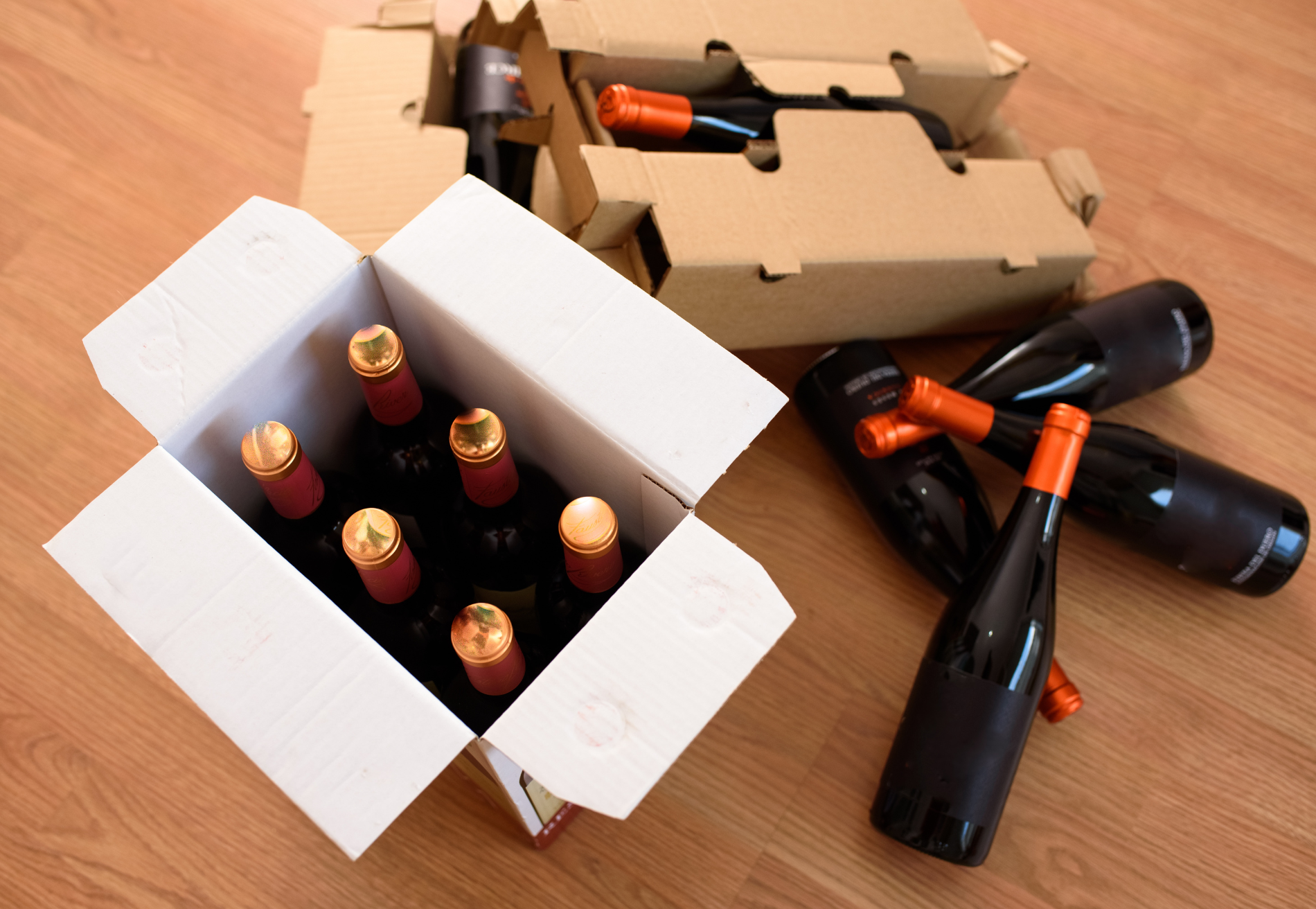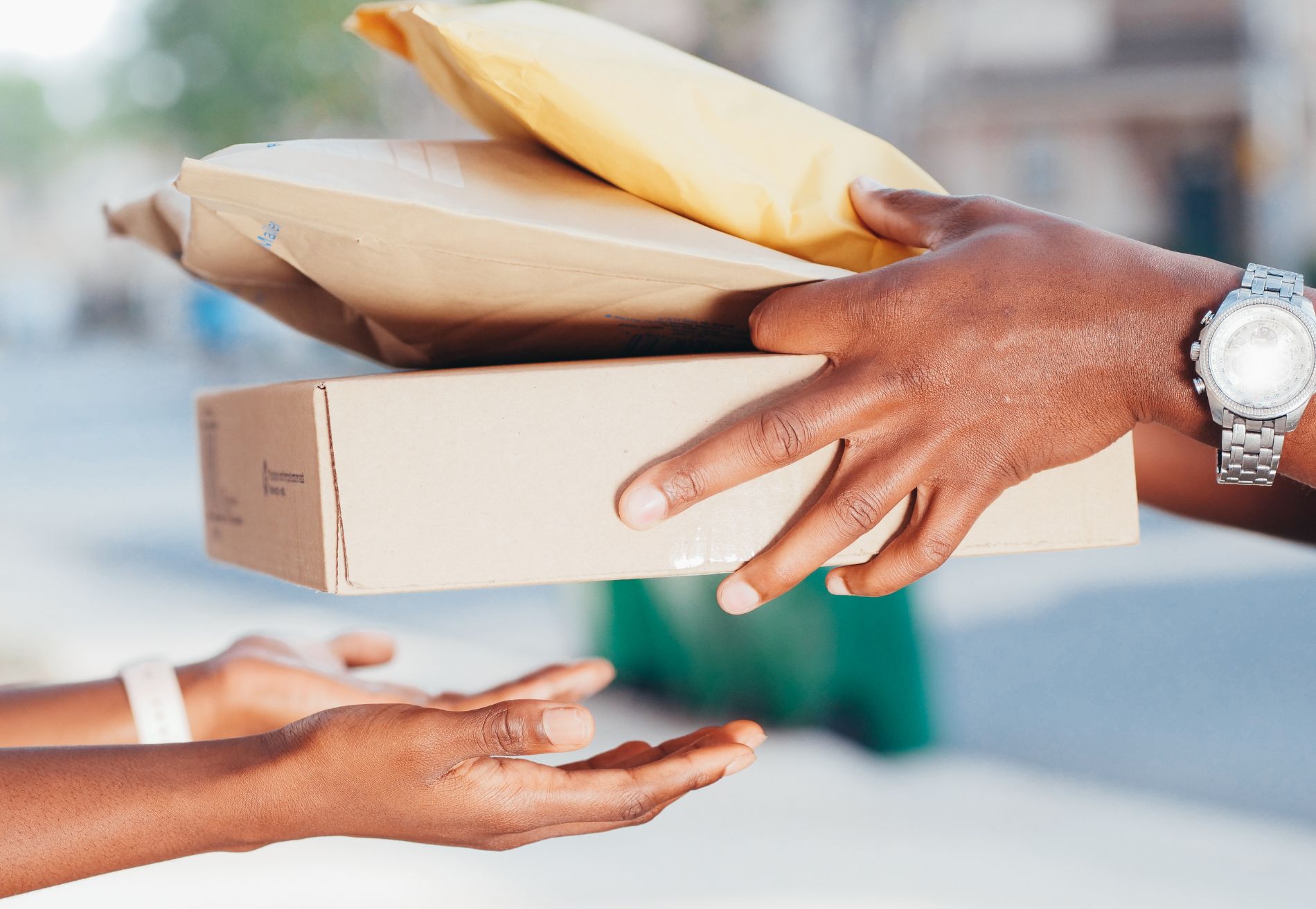How to Improve Customer Service with Restaurant Delivery

How to improve customer service with Restaurant Delivery
Delivery services play a crucial role in meeting customer expectations and ensuring customer satisfaction. However, despite their importance, various frustrations and time sinks can arise during the delivery process.
In this article, we will explore some of the common challenges faced in delivery services and discuss how Shipday can help businesses improve their customer service delivery. By addressing these frustrations head-on, companies can enhance customer experiences, retain loyal customers, and drive business growth.
Customer expectations
Meeting and exceeding customer expectations is the foundation of excellent customer service. In this section, we will discuss the key factors that influence customer expectations during the delivery process and how businesses can adapt to meet these evolving needs.
The customer journey
Understanding the customer journey is vital for providing exceptional customer service.
The customer journey refers to the entire process that customers go through when interacting with a business, from the initial search for a restaurant to the final delivery of their food.
By gaining insights into each step of this journey, restaurants can identify pain points and opportunities for improvement, ultimately enhancing the overall customer experience.
One crucial aspect of the customer journey during restaurant delivery is the ordering process. It's essential to ensure that the ordering platform is user-friendly, intuitive, and offers various options for customization. Customers should be able to easily select their desired dishes, customize ingredients or special requests, and have a clear understanding of the estimated delivery time.
Timely and accurate communication plays a significant role in improving the customer journey. Restaurants should provide real-time updates on the status of the order, such as order confirmation, preparation, and delivery tracking. Proactive communication regarding any delays or changes in the delivery schedule helps manage customer expectations and reduces potential dissatisfaction.
Another critical factor in enhancing the customer journey is the quality of the delivered food. Restaurants should ensure that their menu items are well-suited for delivery, taking into account factors like packaging, temperature control, and presentation. Collaborating with delivery drivers and kitchen staff to gather feedback on the delivery experience can provide valuable insights for menu modifications and packaging improvements.
Furthermore, delivery drivers play a crucial role in the customer journey. Restaurants should invest in training their delivery staff to provide friendly and professional service. Drivers should be knowledgeable about the menu, capable of handling any customer inquiries or special requests, and committed to delivering orders promptly and safely. A positive interaction with the delivery driver can leave a lasting impression on the customer.
Customer service team and communication channels
A well-equipped customer service team and effective communication channels are crucial for resolving customer concerns and providing proactive customer service. In this section, we will discuss the importance of maintaining an efficient customer service team and leveraging various communication channels to address customer queries and ensure a positive customer experience.
1. Internal teams and collaboration
Seamless collaboration between internal teams is essential for delivering excellent service. When different departments work together cohesively, they can address customer concerns more efficiently and ensure a smooth delivery experience. Here are some key aspects to consider:
- Cross-Departmental Communication: Establish clear and open lines of communication between everyone involved in the delivery process. This includes teams such as customer service, delivery drivers, kitchen staff, and management. Facilitating effective communication ensures everyone stays informed and aligned with customer needs throughout the delivery journey.
- Real-Time Updates: Implementing a centralized communication system or platform can significantly enhance coordination among various departments. This allows real-time updates on order status, delivery progress, and any potential issues that may arise. Whether it's through internal messaging tools or specialized software like Shipday, having a unified system ensures that all relevant parties are on the same page.
- Training and Cross-Functional Understanding: Providing training and fostering cross-functional understanding among employees can improve communication and coordination. When employees have a better understanding of each other's roles and responsibilities, they can communicate more effectively and anticipate potential issues. This knowledge-sharing also helps build empathy and encourages a customer-centric approach across different departments.
- Feedback and Continuous Improvement: Establishing feedback loops among departments is crucial for continuous improvement. Encourage team members to share insights, suggestions, and customer feedback regarding the delivery process. Regular meetings or virtual huddles can facilitate discussions and enable teams to identify areas for improvement, refine processes, and enhance the overall customer experience.
By prioritizing streamlined communication and collaboration among different departments, restaurants can create a cohesive delivery process that meets and exceeds customer expectations. Effective communication channels and cross-department coordination help ensure a smooth and efficient delivery experience, ultimately leading to greater customer satisfaction and loyalty.
2. Digital channels and knowledge base
Digital channels and knowledge bases have revolutionized the way businesses interact with customers and enhance their overall experience. By leveraging these tools, restaurants can empower their customers, streamline operational processes, and optimize the delivery experience.
- Empowering Customers: Digital platforms and knowledge bases provide customers with self-service options and instant access to information. By placing information at customers’ fingertips, restaurants demonstrate a commitment to customer empowerment and foster a sense of self-sufficiency. This could include everything from FAQs, dietary information, and other guides that help customers understand more about your restaurant and the types of food it serves.
- Streamlining Processes: Digital platforms facilitate efficient order management, tracking, and communication between customers, delivery drivers, and restaurant staff. By utilizing digital channels such as online ordering systems, mobile apps, and SMS notifications, restaurants can automate order placement, updates, and delivery status notifications.
With digital platforms like Shipday, customers can easily track their orders in real-time, providing transparency and peace of mind. Furthermore, Shipday allows for seamless integration with third-party delivery services, optimizing the delivery logistics and ensuring timely and reliable service.
- Optimizing the Delivery Experience: Digital platforms and knowledge bases enable restaurants to provide personalized and tailored delivery experiences. By leveraging customer data and preferences, restaurants can offer targeted promotions, customized recommendations, and personalized order suggestions.
These platforms also facilitate customer feedback collection and analysis, allowing restaurants to gather insights and continuously improve their delivery services.
Customer satisfaction and loyalty
Customer satisfaction and loyalty are paramount to the success of any business. In this section, we will explore how exceptional customer service delivery during the delivery process can lead to satisfied customers, increased customer loyalty, and positive business performance.
1. Customer feedback and continuous improvement
Customer feedback is a valuable resource for businesses to gauge customer satisfaction and identify areas for improvement. Feedback can be collected through various channels, including social media discussions, product reviews, comments on the business's website, and customer surveys.
By actively seeking customer feedback, restaurants gain a deeper understanding of their audience and their specific needs. Studies have shown that a majority of consumers expect brands to accommodate their preferences and understand their needs, making it imperative for restaurants to prioritize customer-centric approaches.
Analyzing customer feedback also provides insights into customer satisfaction levels, a crucial metric that impacts customer loyalty and business growth. By collecting feedback related to customer satisfaction, such as through surveys and comment boxes, restaurants can gauge how satisfied customers are with their products, services, and interactions. This information helps in addressing customer issues, reducing churn, and building a loyal customer base.
Implementing necessary changes based on customer feedback demonstrates a commitment to delivering exceptional customer service. It shows that the restaurant values customer opinions and is actively working towards meeting their expectations. By consistently analyzing feedback and making improvements, restaurants can drive continuous enhancement in their delivery service, ensuring high levels of customer satisfaction and fostering long-term customer loyalty.
2. Customer loyalty programs and retention
Customer loyalty programs play a crucial role in enhancing customer service and fostering customer retention in the restaurant delivery industry. By implementing effective strategies for customer retention, businesses can build long-lasting relationships with their customers and increase their overall profitability. Here are some key considerations for incorporating customer loyalty programs and retention strategies:
- Implement a Customer Retention Program: Create a structured program that focuses on retaining existing customers by offering incentives and rewards. This program should be designed to acknowledge and appreciate customers' loyalty to encourage them to continue ordering from your restaurant. Consider providing exclusive discounts, personalized offers, or freebies as part of the program.
- Personalize Customer Experiences: Tailor your interactions with customers to significantly impact their loyalty. Collect relevant customer data, such as order history and preferences, to personalize their experience. Leverage this information to offer personalized recommendations, customized promotions, or special deals that align with their preferences. By demonstrating that you understand and value their individual needs, you can foster a sense of loyalty and satisfaction.
- Build Trust and Communication: Establish trust with your customers by maintaining open lines of communication. Promptly respond to customer inquiries, feedback, and concerns to demonstrate your commitment to exceptional service.
- Offer Unique Services: Differentiate your restaurant delivery service by offering unique services that go beyond the standard delivery experience. For example, you can provide options for personalized meal customization, special dietary accommodations, or convenient reorder features. By delivering exceptional value and catering to specific customer needs, you can enhance customer loyalty and retention.
- Measure and Analyze Customer Retention Rate: Regularly track and analyze your customer retention rate (CRR) to assess the effectiveness of your loyalty programs and retention strategies. Calculate your CRR by dividing the total number of customers at the end of a specific period by the number of customers at the start of that period. This metric will help you gauge the success of your initiatives and identify areas that require improvement.
Remember, customer retention and loyalty are ongoing processes that require continuous effort and adaptation. By prioritizing customer satisfaction, personalization, and value, you can improve customer service and establish long-term relationships with your customers in the competitive restaurant delivery industry
Conclusion
By addressing the frustrations and time sinks that can arise during the delivery process, businesses can improve customer satisfaction levels, foster customer loyalty, and drive positive customer experiences.
Shipday provides innovative solutions to overcome these challenges and optimize customer service delivery. Remember, investing in exceptional customer service is an investment in the growth and longevity of your business.
Reach out to one of our sales representatives and see how Shipday can help you serve your customers better.
Index
Ready to get started?
Play around with it first, add your team, pay later.








.avif)






%201.svg)
